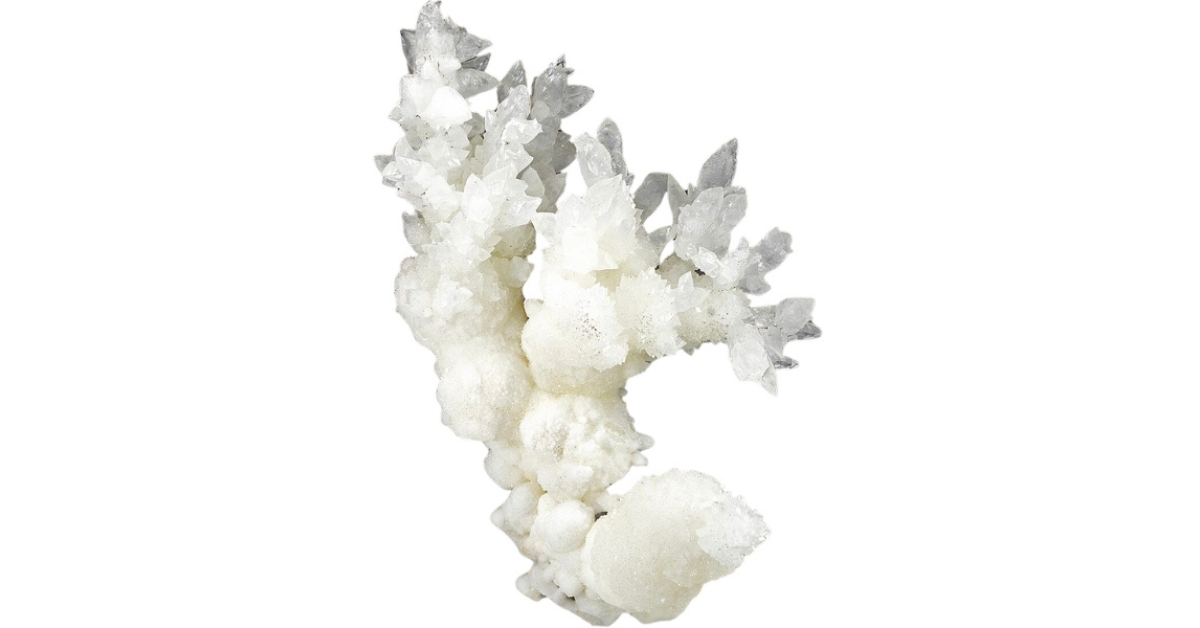When you think of the color white, you think of pristine hues. And you’re right! White crystals, for example, are some of the coolest things you can find out there. These treasures can be as bright as a new snowfall or as mysterious as a foggy morning.
Many of these white wonders look like they’re made out of ice and magic. They can be light white crystals, which shine and sparkle under the sun, or dark white crystals, which hold secrets in their shadows.
These crystals aren’t just pretty to look at; they tell stories of our planet’s past. Some of them are also super important for things we use every day. They might be in your toothpaste, your car, or even your phone!
In this article, we’ll take a closer look at some of the most pristine white crystals out there. Join us as we dig into this fascinating world and discover the secrets that they hold!
Our Favorite White Crystals
From the dazzling light white crystals that catch every ray of sunshine to the intriguing dark white crystals with hidden depths, here are our favorites. Let’s explore these beautiful natural treasures!
Pearl
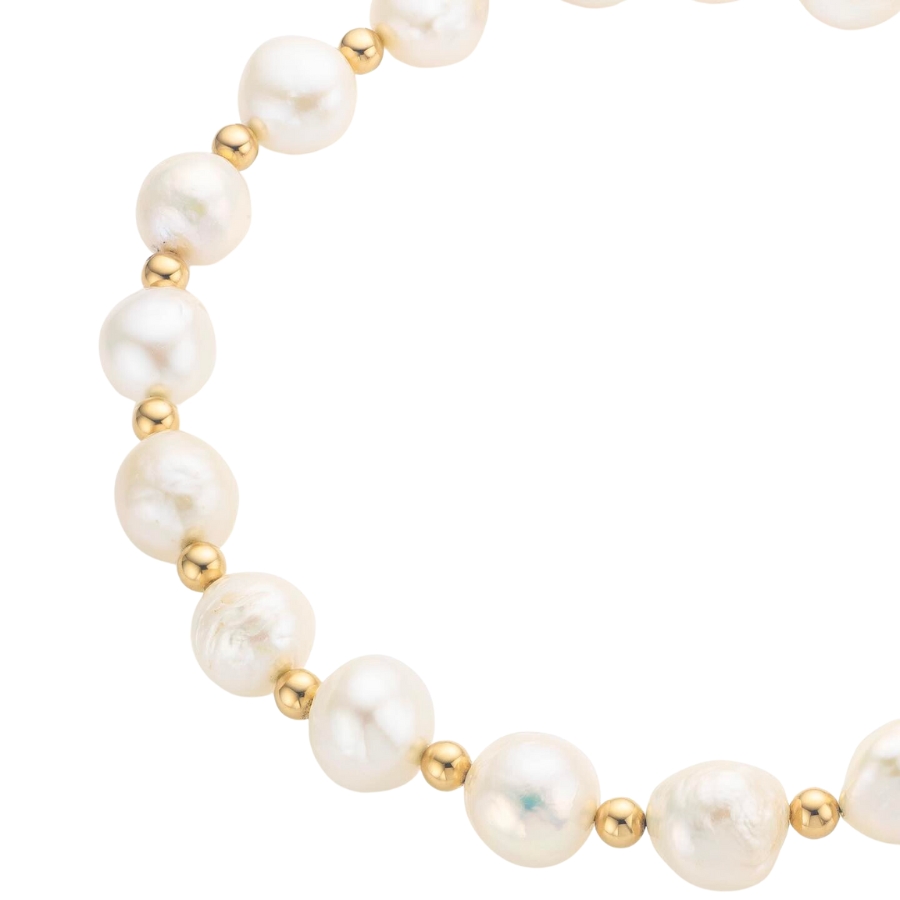
Pearls have been treasured for thousands of years, adorning royalty and the wealthy. They’re unique because they’re made by oysters and other mollusks as a defense against irritants.
Ancient civilizations like the Chinese and Egyptians prized pearls for their beauty and rarity, often associating them with wealth and wisdom.
Over time, pearls became symbols of purity and elegance, featured in crowns, necklaces, and even inlaid in buildings.
The pearl’s value lies in its lustrous shimmer and the way each one is a unique creation. It’s a timeless symbol of sophistication and charm that continues to captivate people around the world.
Diamond

Diamonds have been dazzling us for centuries, with the earliest discoveries in India over 2,000 years ago. They’ve been symbols of power, wealth, and love, especially when cut into sparkling gems for jewelry.
Kings and queens wore them to show off their status, and today they’re often the centerpiece of engagement rings, representing lasting commitment.
The price of diamond is more than just about its glittering appearance; it’s also the hardest natural material known, making it incredibly useful in cutting tools and other industries.
Its rarity, durability, and unrivaled sparkle are what make diamonds so sought after and cherished across the globe.
Milky Quartz
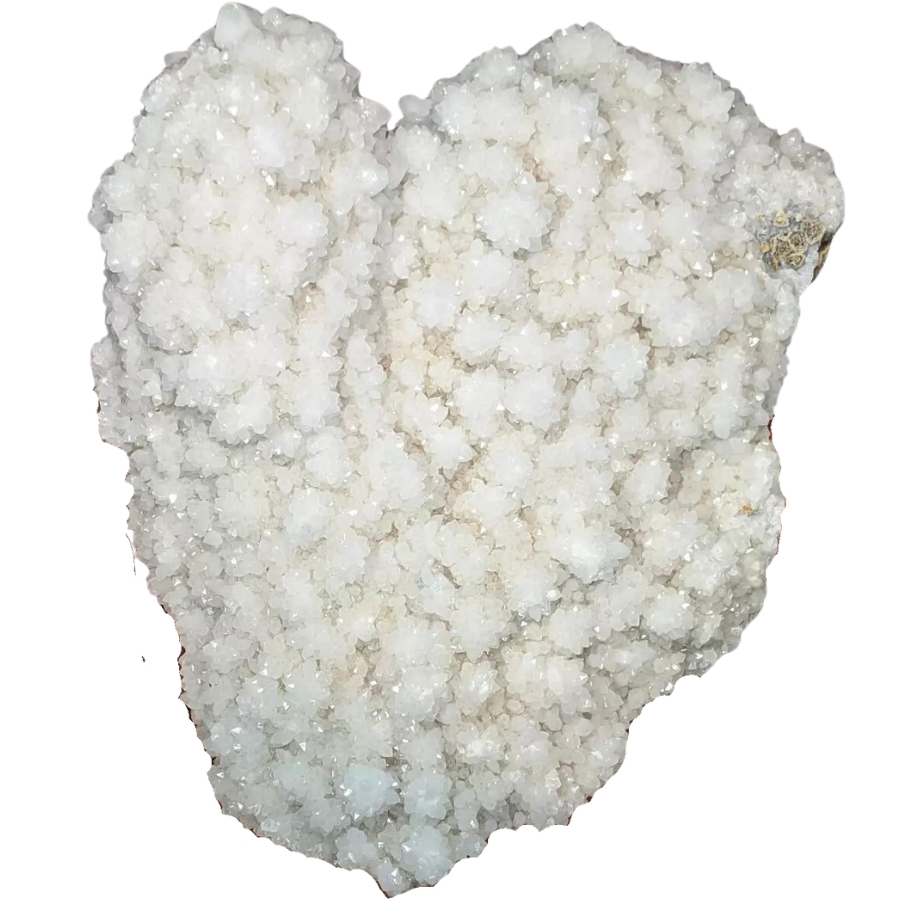
Milky quartz, with its soothing white color, has been around since ancient times. Early people used it to make tools and carvings because it’s pretty tough.
Over the years, it’s been part of jewelry and decorations, adding a soft, calming touch. Some cultures even believed it had healing and spiritual powers, using it in rituals and as a part of their spiritual practices.
The value of milky quartz has also something to do with the way it connects us to history and the beliefs of people who came before us.
White Jade
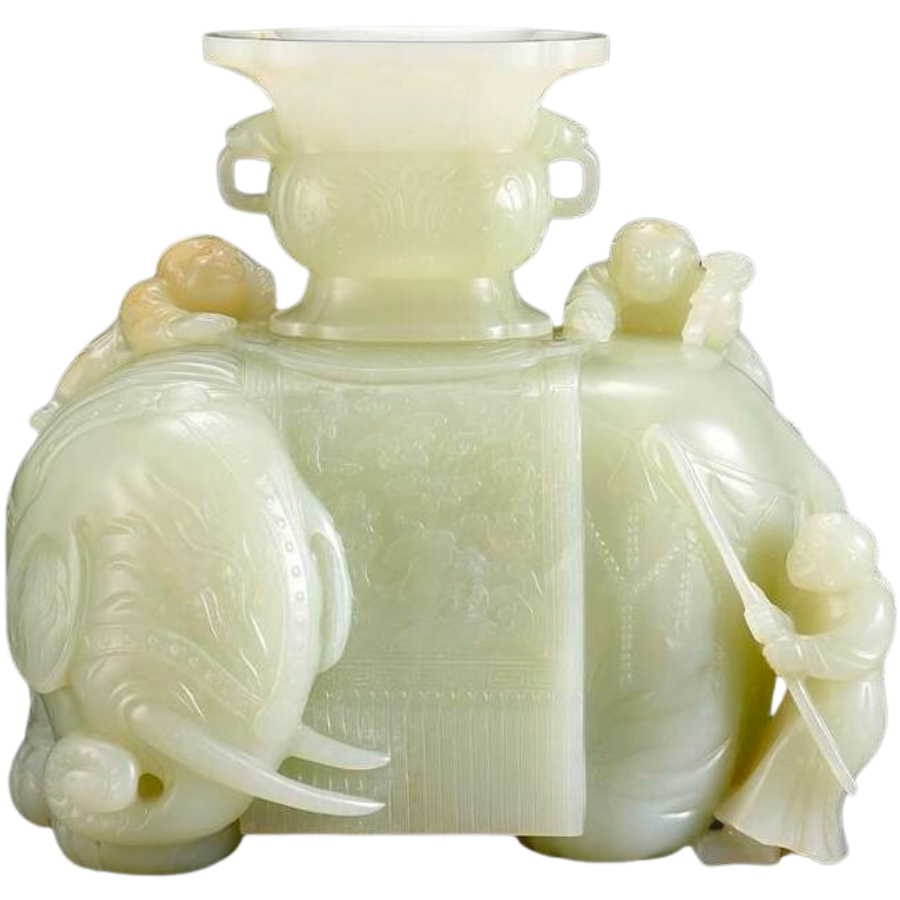
White jade has been a gem of choice for thousands of years, especially in Asia where it was carved into beautiful pieces of art and jewelry.
Ancient folks thought it brought good luck and health, often using it in rituals and as a symbol of status.
Kings and powerful leaders would have it in their treasures to show their power.
In general, the value of jade comes from its history of being connected to culture, tradition, and the belief in its protective and healing powers. For many, it’s a timeless and cherished stone.
White Fire Opal
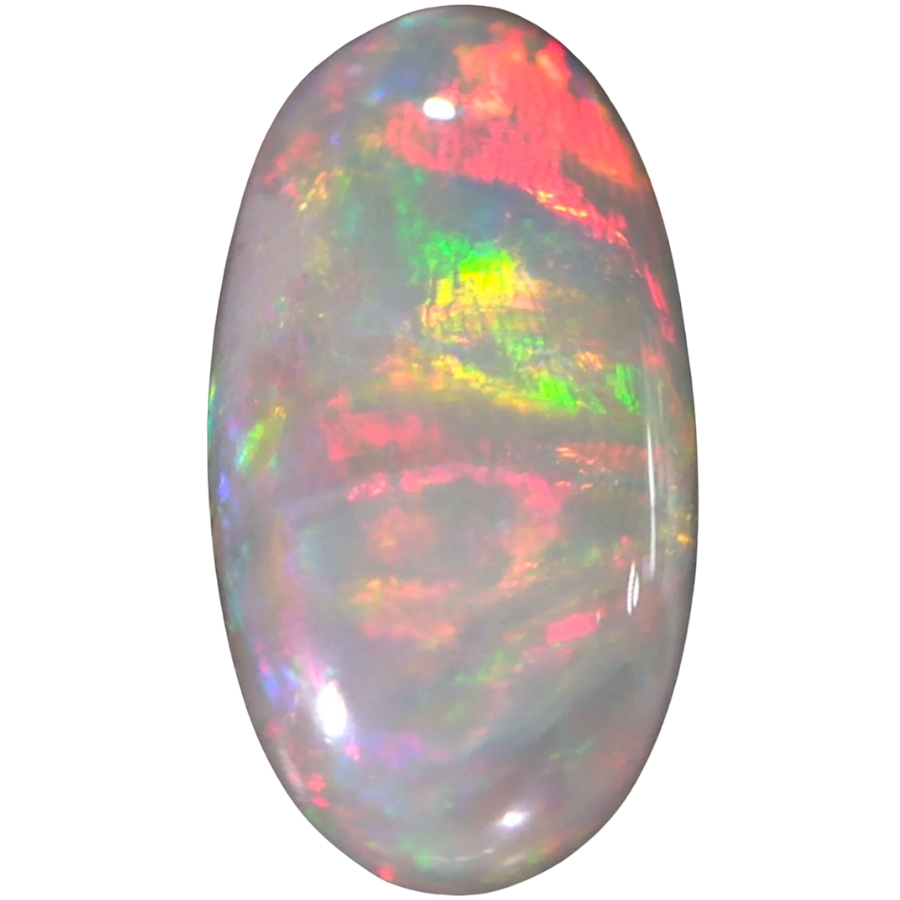
White fire opal, known for its dazzling play of colors, has captivated people for centuries.
Originally found in Mexico, these gems were treasured by ancient civilizations like the Aztecs, who used them in jewelry and religious artifacts.
Fire opal’s price, including white-colored ones, reflects its rarity and the way it sparkles with a rainbow of colors when light hits it.
This gem has also been a symbol of love and passion, often given as a gift to show deep emotion. Its mesmerizing colors and history of enchantment are what make fire opal so special and sought after.
White Calcite
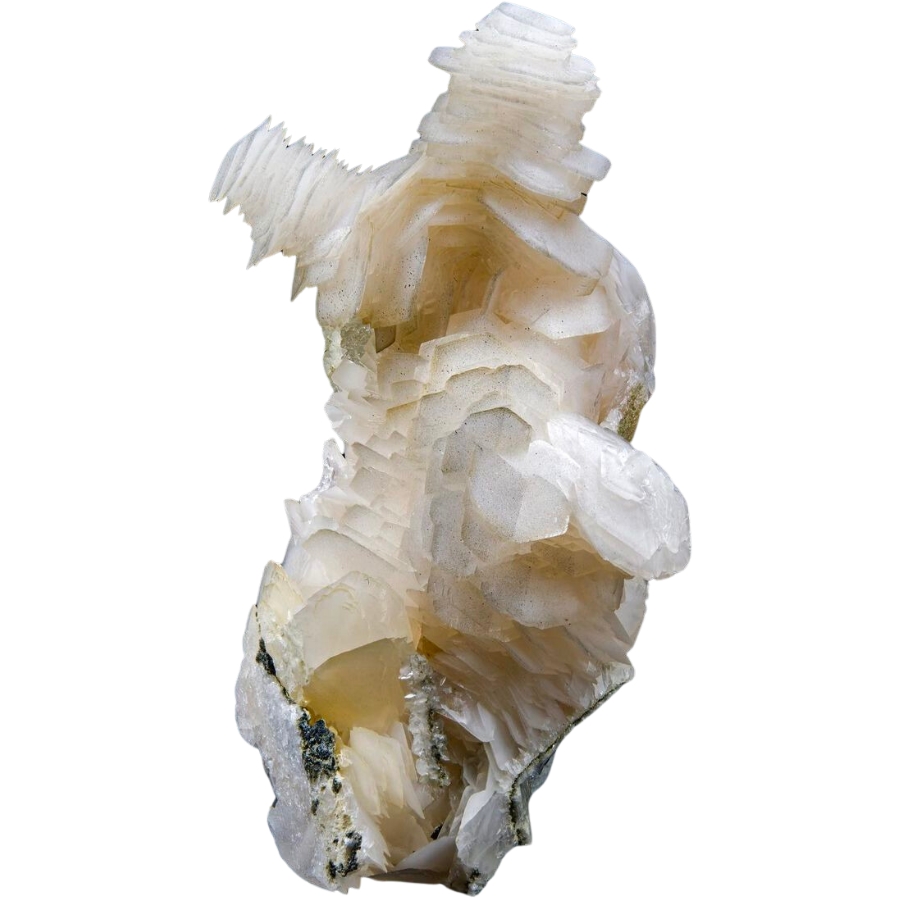
White calcite has a long history, with people using it for thousands of years. The ancient Egyptians carved it into statues and the Vikings used it for navigation on cloudy days.
It’s found all over the world and has been used in building materials and to balance the pH in soil for farming.
White calcite’s value comes from its versatility and the way it splits light into rainbows, which has made it popular in jewelry and decorations.
It’s not just its practical uses; its natural beauty makes it a favorite for collectors and anyone who appreciates the unique wonders of nature.
Dark White Crystals
Dark white crystals are a fascinating part of the crystal family. These gems range from cloudy to nearly translucent, each with its own unique patterns and secrets. Let’s get to know some of the most stunning ones you can find.
Howlite

Howlite is a dark white crystal with unique grey veining. It was discovered in the 19th century.
It quickly became popular for its calming appearance and was often used to make decorative items like small sculptures and jewelry.
This crystal was sometimes dyed to mimic more expensive stones like turquoise, that’s why it’s accessible for more people.
Howlite’s value comes from its soothing look and versatility. Many also believe it helps with relaxation and mindfulness. It has become a favorite for those seeking a sense of peace and tranquility in their lives.
Selenite
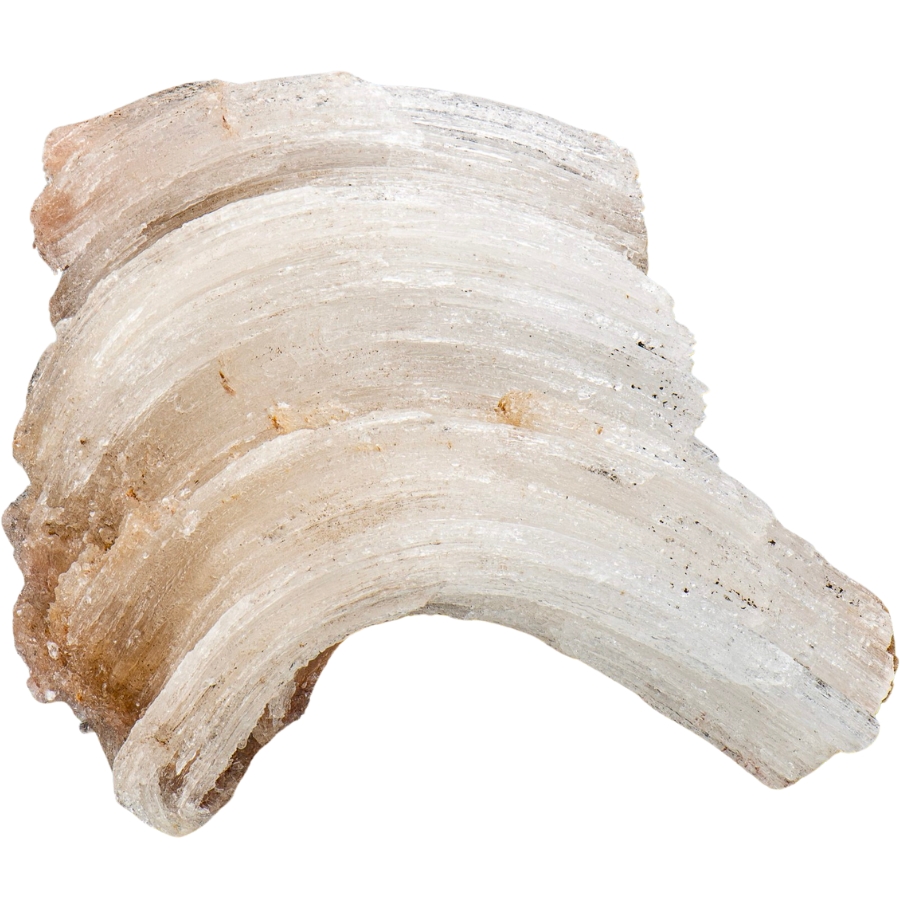
Selenite, a clear, shimmery crystal, has a history stretching back to ancient times. Greeks named it for the moon because of its moon-like glow.
It’s been used in window panes in churches and homes for its beautiful light diffusion.
Selenite’s value lies in its stunning transparency and the way it seems to radiate light from within. People also cherish it for believed healing properties, thinking it can bring clarity and calmness.
This dark white crystal’s unique look and the peace it’s thought to bring make it a favorite for collectors and those looking to add a touch of tranquility to their space.
Moonstone
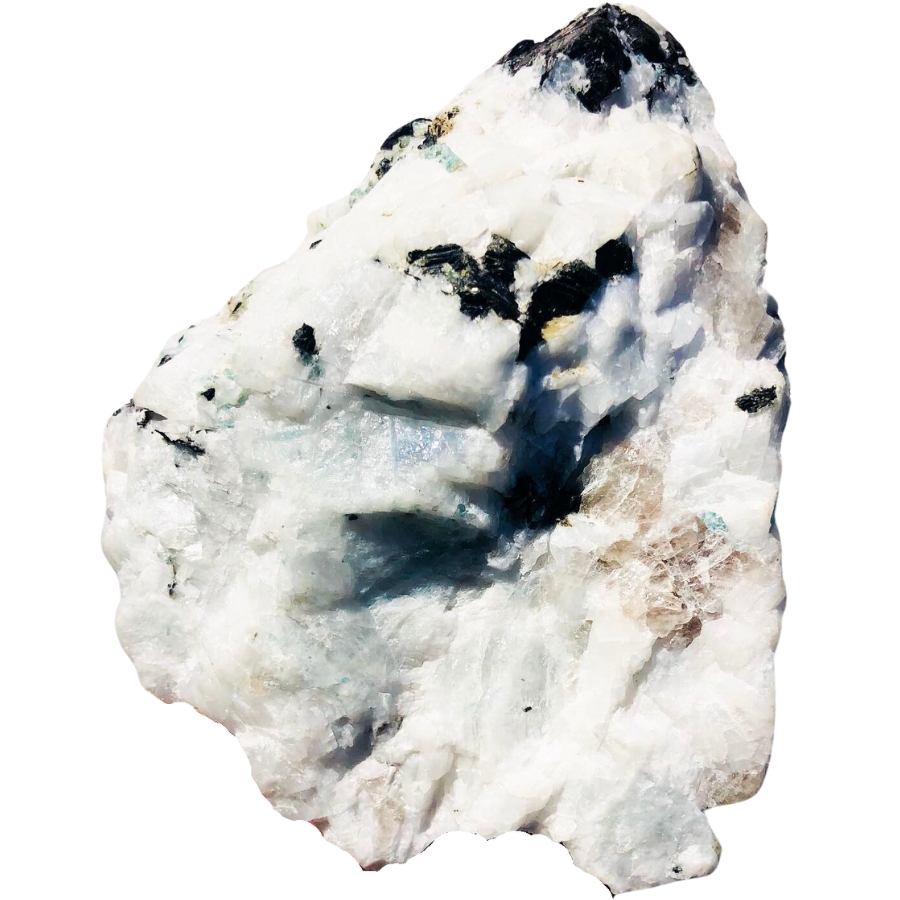
With its dreamy, shifting glow, moonstone has been loved for centuries. Ancient civilizations believed it was made from moonbeams and valued it for its mystical look and supposed powers to bring good luck.
It’s been used in jewelry like necklaces and rings, especially those that celebrate romance and love.
Moonstone’s worth comes from its enchanting appearance, which seems to hold a bit of the night sky.
The way it changes with the light and the folklore surrounding it make moonstone a gem that captures the imagination and continues to be a symbol of mystery and enchantment.
Magnesite

Magnesite, a dark white crystal, has a cool history that goes way back. It was first used by people long ago to make things like fireproof bricks and as a source of magnesium.
This crystal might not be as sparkly as some others, but it’s super useful. It’s been used in construction and to help calm upset stomachs when turned into a powder.
The value of magnesite comes from its practical uses and its unique, chalky appearance.
Folks appreciate it for both its looks and its helpfulness in everyday life, turning it into a quietly important and valued crystal.
Scolecite
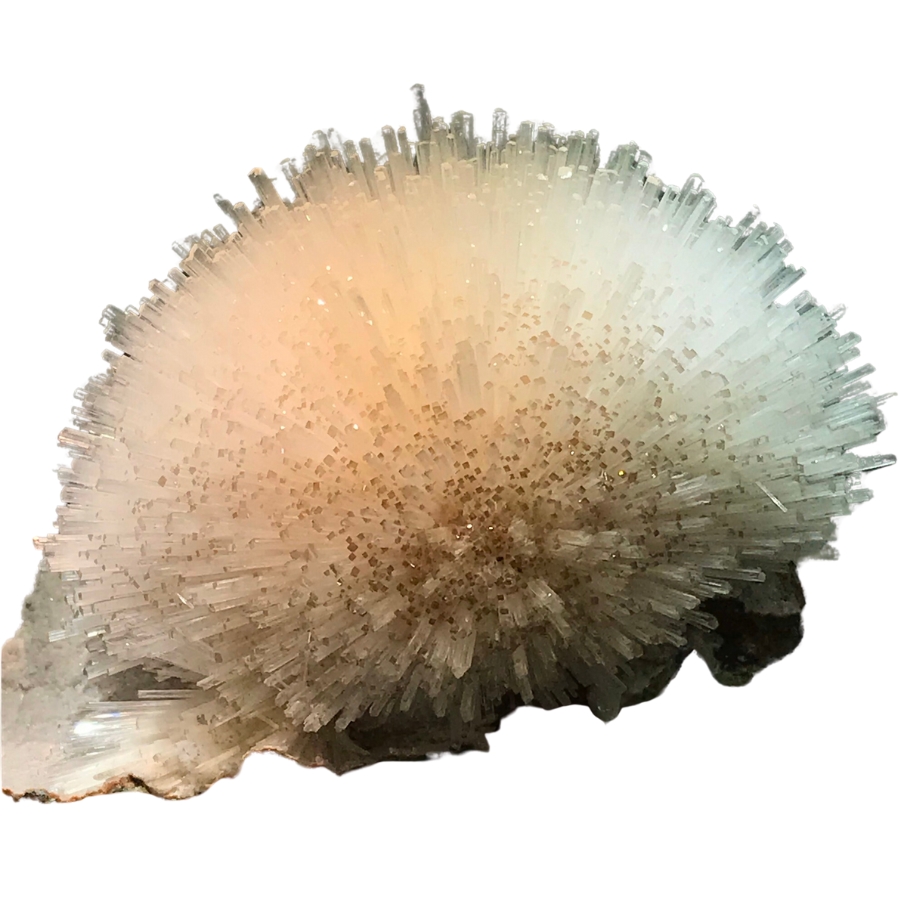
Scolecite is one of those cool dark white crystals that has been turning heads for a long time.
Found in places like India and Iceland, it’s known for its needle-like structures and peaceful vibes.
In the past, it was admired for its unique look and was sometimes used in decorations and jewelry. Scolecite’s value comes from its beauty and the calm feeling many say it brings.
People who enjoy crystals often seek it out for its ability to help with relaxation and meditation. Its striking appearance and soothing qualities make scolecite a favorite among those who love and collect crystals.
Danburite
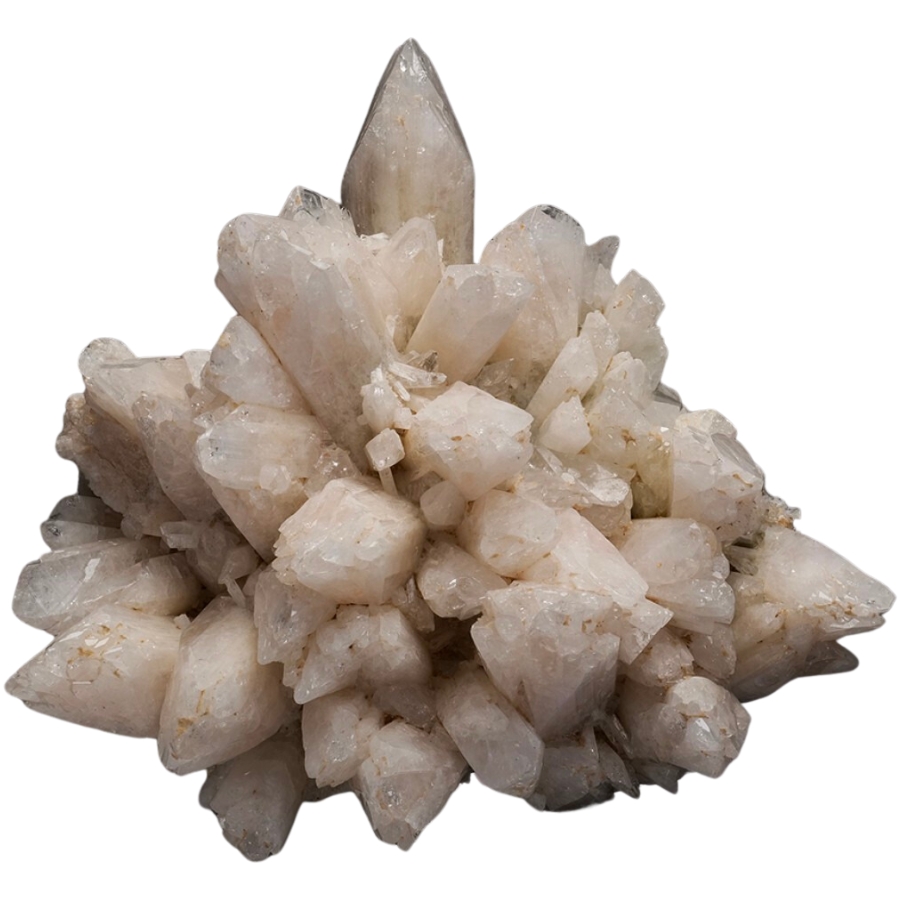
Danburite is a gem that’s been sparkling its way into people’s hearts since it was first found in Danbury, USA.
Its dark white crystals are known for their clarity and diamond-like shine. It wasn’t just kept as a pretty stone; it was also used in making special jewelry pieces.
Danburite’s value lies in its pure, almost magical glow and the way it makes any piece of jewelry look extra special.
People treasure it for its rarity and the touch of elegance it adds. It’s a sought-after gem for those who want something truly unique and beautiful.
Light White Crystals
Another variation of white natural wonders is light white crystals, which are like little pieces of cloud and sunshine mixed. These gems range from crystal clear to a soft, milky white. Ready to get to know them?
Clear Quartz
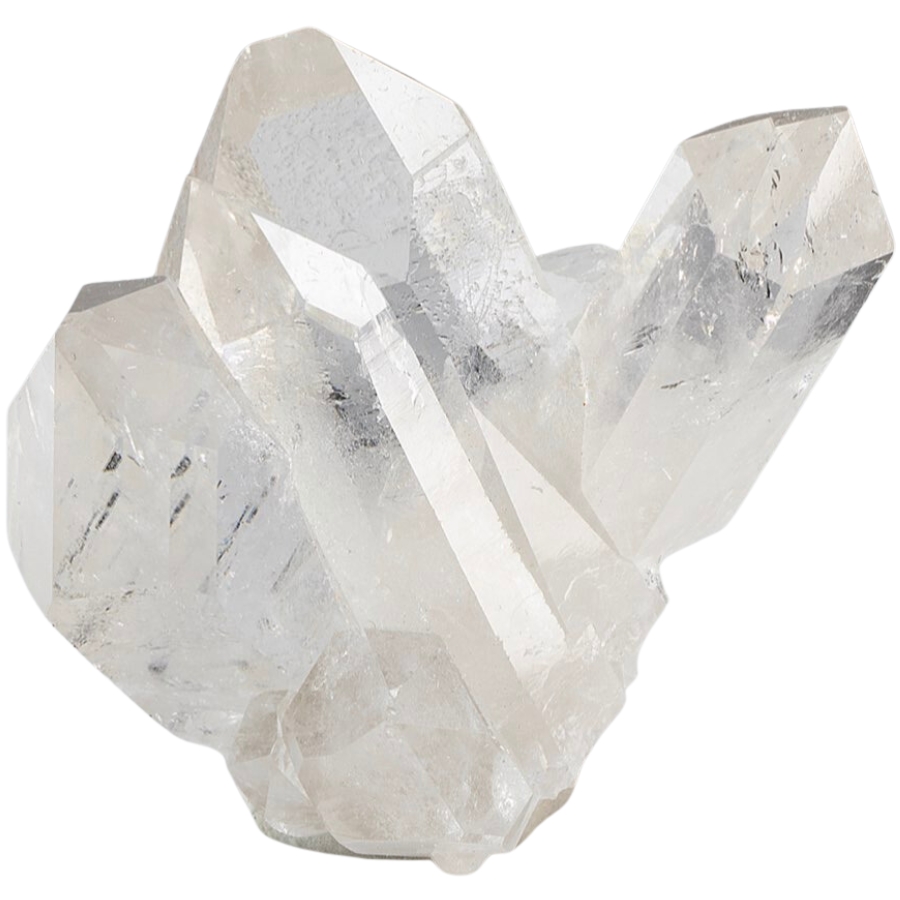
Clear quartz has been shining its way through history, popping up in many cultures as a beloved light white crystal.
Ancient people used it in tools and as part of their spiritual practices, thinking it had powerful healing qualities.
Clear quartz’s value lies in its versatility and beauty. It’s been carved into stunning pieces of jewelry and art, and many still believe it helps focus the mind and cleanse the spirit.
Its ability to catch light and sparkle makes it a favorite for those who want a bit of natural beauty in their lives, shining just as brightly now as it did for our ancestors.
Apophyllite
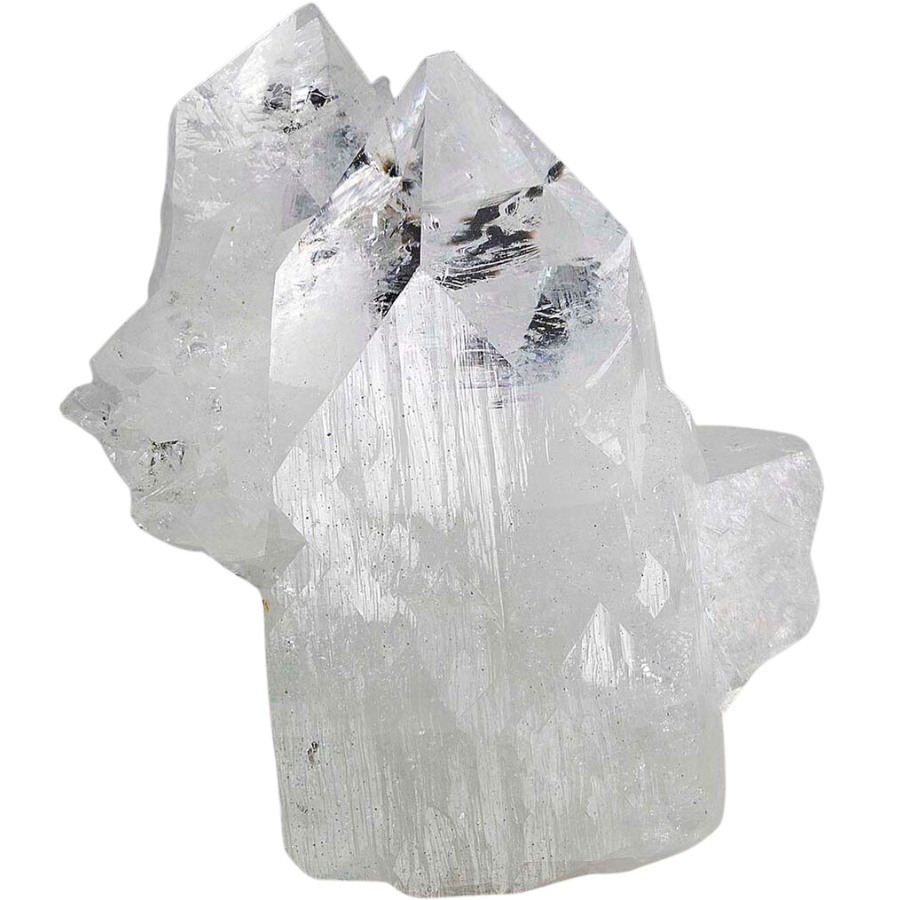
Apophyllite, a light white crystal, has been catching eyes for a long time with its cool, clear look and natural pyramid shapes.
It wasn’t just admired for its beauty; in the past, it was also used by folks who believed it could help with things like stress and allergies.
Apophyllite’s value comes from its stunning clarity and the way it seems to light up a room, along with the peace and well-being people feel around it.
This makes it a popular choice for those looking to add a little sparkle and serenity to their space.
Zircon
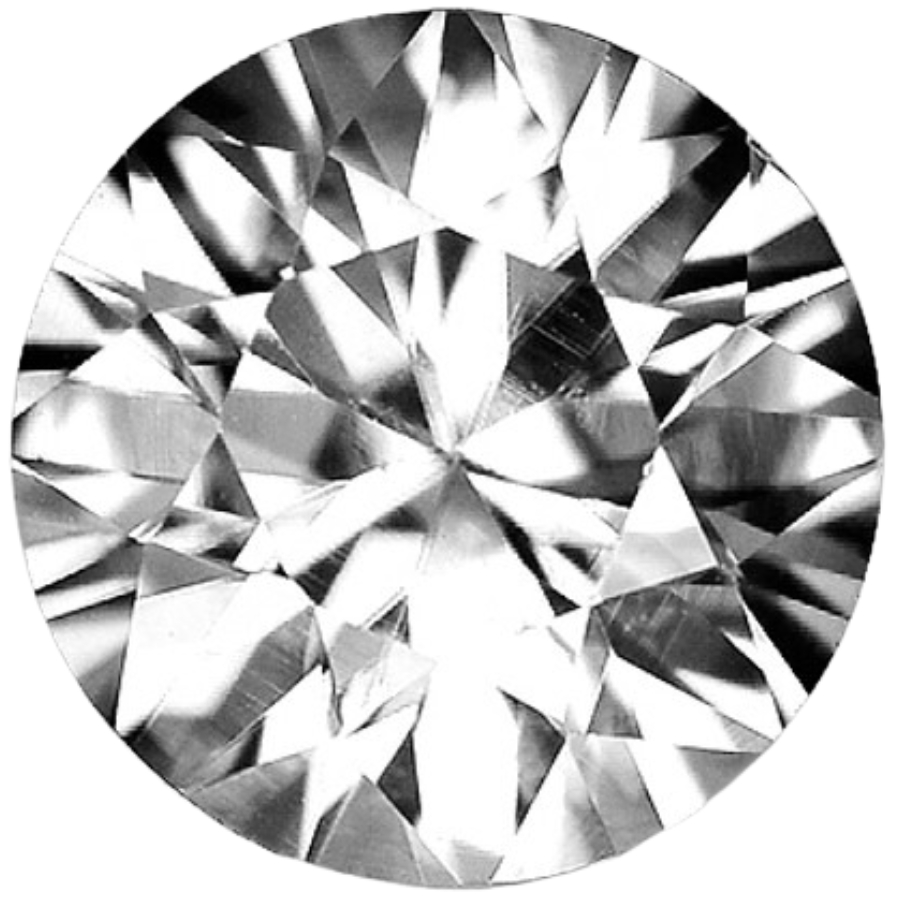
Zircon has been dazzling folks for centuries. It’s one of the oldest minerals found on the planet, and early people used it in jewelry because of its diamond-like sparkle.
Its value comes from its age and the way it catches the eye, with some believing it even brings wisdom and prosperity.
It’s been a gem of choice for making everything from simple decorations to fancy crowns and necklaces.
People value zircon for its beauty and the touch of elegance it adds to any piece, which makes it a timeless and cherished stone.
Cryolite
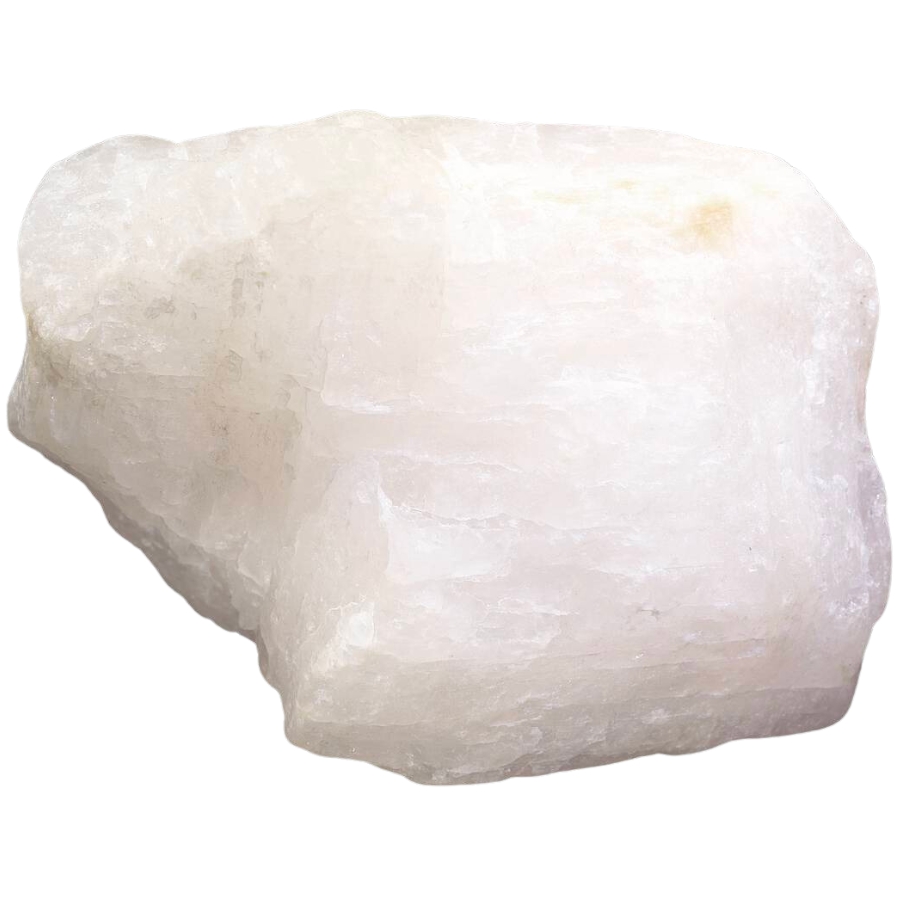
Cryolite is a light white crystal that was found first in Greenland.
It was super important in aluminum production because it helped lower the melting point of the metal.
This made it easier and cheaper to get aluminum for all sorts of things, from cans to airplanes. Cryolite’s value comes from this unique use. It’s also a bit of a curiosity among collectors due to its rarity and role in history.
While not as flashy as some gems, cryolite has been a behind-the-scenes star in the industry and continues to fascinate those interested in the clever ways crystals can be used.
Natrolite
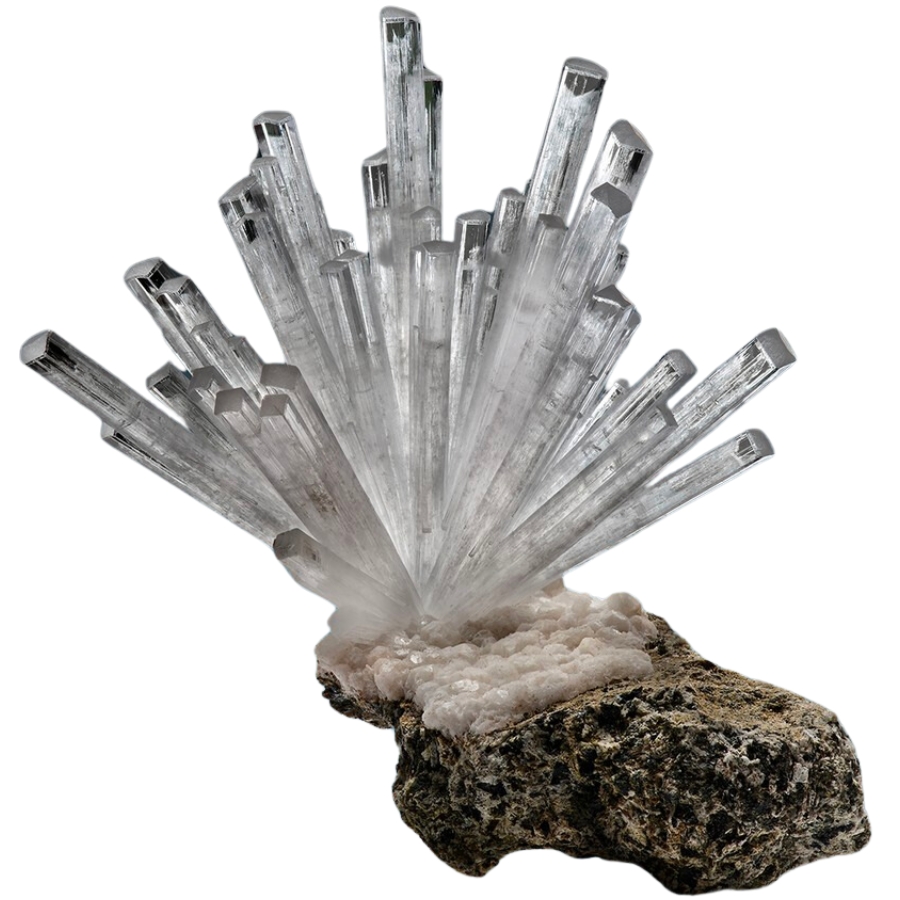
Natrolite has been found in places like India and the USA, where it’s often seen in those cool, pointy shapes.
In the past, people used natrolite as a decoration and even believed it could help with things like memory and creativity.
Its value comes from its striking needle-like formations and the way it seems to capture light.
Collectors and those who enjoy the beauty of natural crystals treasure natrolite for its unique structure and the subtle grace it brings to any collection.
Ulexite
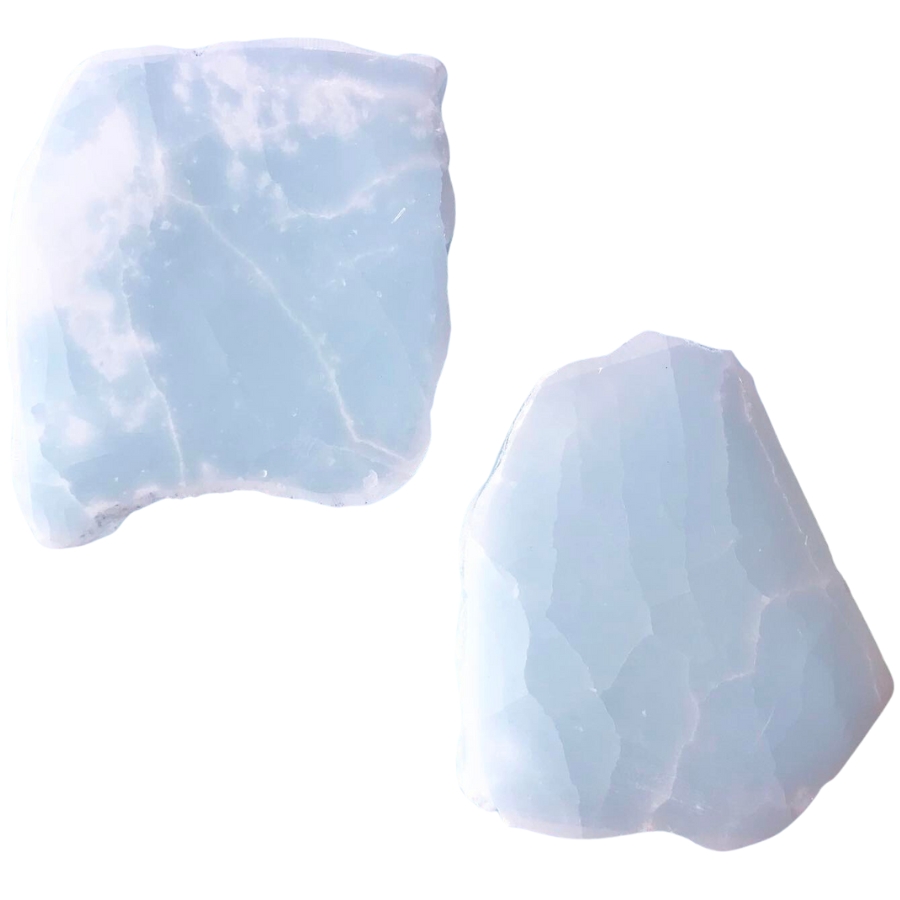
Known as the ‘TV rock,’ ulexite is a fascinating light white crystal. Discovered in the 1800s, it’s got a cool trick: it can project images like a natural fiber optic cable!
People have used ulexite in educational settings to demonstrate this unique property, and it’s also been used to help refine boron.
Ulexite’s value comes from its rarity and its amazing ability to clearly transmit light and images, which makes it a hit with those who love unusual and intriguing minerals.
Dolomite
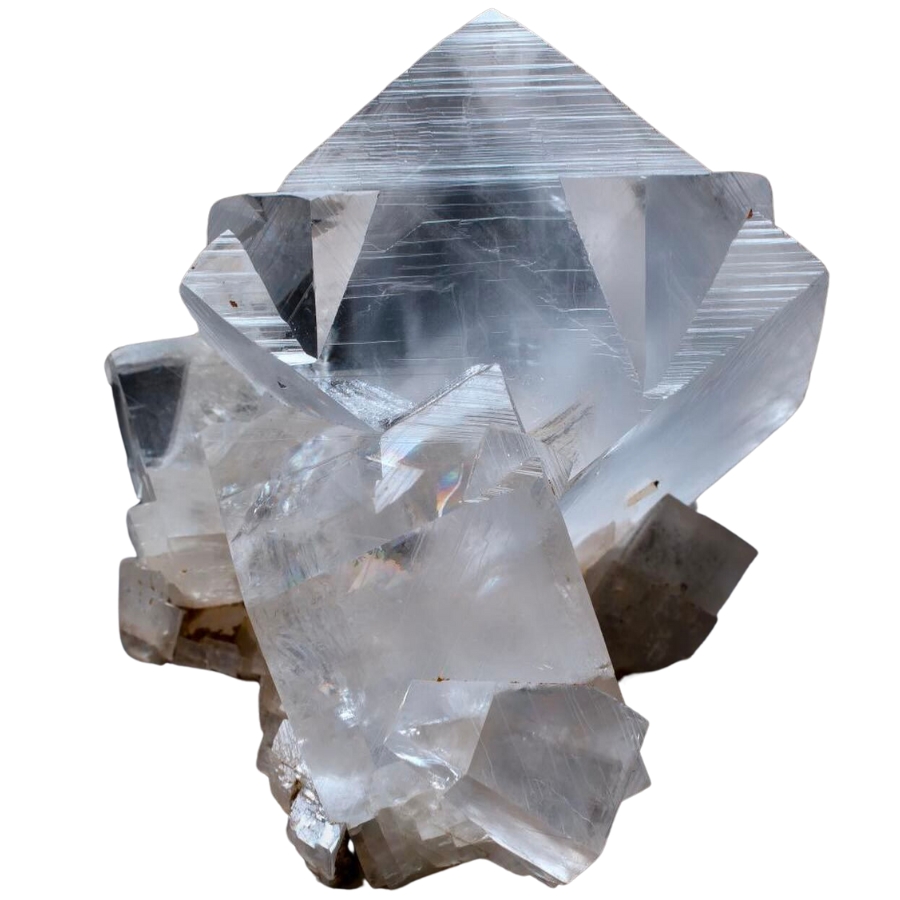
Dolomite was named after the French mineralogist Déodat de Dolomieu in the 18th century but it was used way before then.
It’s not just any crystal; it’s been a key player in building things, from ancient structures to modern roads.
Dolomite’s worth lies in its strength and how it reacts with acids, which makes it super useful for scientists and builders. Plus, it helps farmers by making their soil healthier.
People value dolomite for its practical uses and its role in our history as a rock that’s a part of our everyday lives.

